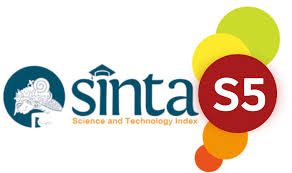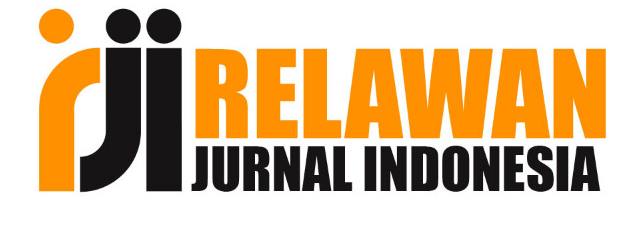USING PICTURESWITH PICTURE DESCRIBING TECHNIQUE TO IMPROVE THE SPEAKING ACHIEVEMENT
DOI:
https://doi.org/10.36982/jge.v5i1.137Abstract
This research was carried out to see whether or not the independent variable (using pictures with picture describing technique) could give positive impact on the dependent variable (the speaking achievement). The one-group pretest-posttest design was used in this paper. The population of this research was the all second semester undergraduate students of informatics engineering study program of Indo Global Mandiri University in the academic year of 2014/2015. Twenty four students were taken as the sample by using purposive sampling technique. The treatment was given for 12 meetings excluding pretest and posttest. Speaking rubric was used to measure the students’ speaking achievement. The findings showed that (1) there was a positive impact on the students’ speaking achievement after the intervention was given where the t-obtained (9.023) was higher than t-table (2.500) and the Sig.value 0.000 was lower than 0.01. Therefore, it could be concluded that using pictures with picture describing technique could give positive impact on the speaking achievement and it also could be used as the alternative medium of instruction in the teaching and learning environment.
Keywords :Â pictures, picture describing technique, speaking achievement
References
Adhikari, B. R. (2010). Teaching speaking in the Nepalese context: Problems and ways of overcoming them. Journal of NELTA, 15(1), 1-9.
Arsyad, A. (2009). Media Pembelajaran. Jakarta: PT. Raja Grafindo Persada.
Aqib, Z. (2013). Model-Model Media dan Strategi Pembelajaran Kontekstual (Inovatif). Bandung: YramaWidya.
Brown, H. D. (2004). Language assessment: Principles and classroom practices. New York, NY:Pearson Education, Inc.
Gerlach & Elly. (1980). Teaching and Media: a Systematic Approach. New Jersey: Prentice Hall.
Gerngross, G., & Puchta, H. (1992). Pictures in action. New York: Prentice Hall.
Gert, R., & Hans, S. (2008). Handbook of communication competence. Berlin, Germany: University of Bielefeld.
Harmer, J (1998). How to Teach English: an introduction to the practice of English language teaching. Harlow: Longman.
Harmer, J.(2001). The Practice of English Language Teaching. Great Britain: Pearson Education Limited.
Harmer, J. (2007). The Practice of English Language Teaching. China: Longman.
Harris, D. P. (1974). Testing English as a second language. New York, NY: McGraw-HillBook Company.
Hill, D. A. (1990). Visual Impact: Creative Language Learning Through Pictures. Harlow: Longman.
Latuheru, J. D. (1988). Media pembelajaran dalam proses belajar mengajar masa kini. Retrieved fromhttp://endonesa.wordpress.com/ajaranpembelajaran/media-pembelajaran.
Marcellino, M. (2005). Competency-based language instruction in speaking classes: Its theory and implementation in Indonesian contexts. Indonesian Journal of English Language Teaching, 1(1), 33-44.
Munadi, Y. (2008). Media pembelajaran: Sebuah pendekatan baru. Jakarta: Gaung Persada Press.
Nunan, D. (2003). Practical English language teaching. New York, NY: McGraw-HillBook Company.
Peskova, K. (2008). Teaching about English speaking countries through pictures. Masaryk University.
Richard, J. C. (1990). Conversationally speaking approaches to the teaching of conversation: The language of teaching matrix. New York, NY: Cambridge University Press.
Rivers, W. M., Temperley, M. S. (1978).A practical guide to the teaching of English: as a second or foreign language. Oxford: Oxford University Press.
Thornbury, S., & Slade, D. (2005). Conversation: From description to pedagogy. Cambridge: Cambridge University Press.
Wright, A. (1984). 1000+ Pictures for Teachers to Copy. United Kingdom: Longman.
Wright, A. (1989). Picture for Language Learning. United Kingdom: Cambridge University Press.
Wright, A. (1992). Picture for language learning. Cambridge: Cambridge University Press.
Downloads
Published
How to Cite
Issue
Section
License
Global Expert: Jurnal Bahasa dan Sastra is published by Universitas Indo Global Mandiri and licensed under a Creative Commons Attribution-ShareAlike 4.0 International License.











